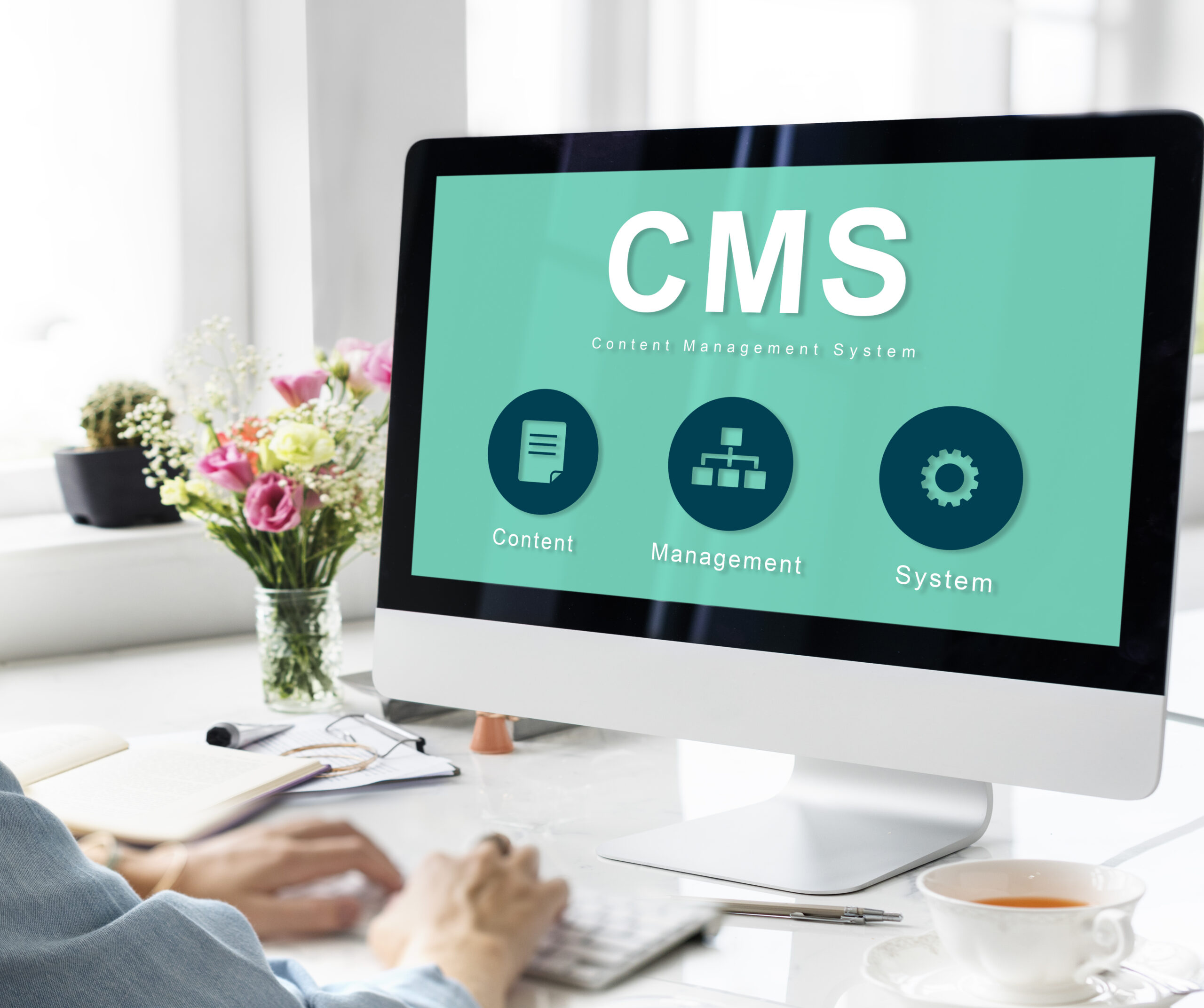Launching a Durable Medical Equipment (DME) or Home Medical Equipment (HME) company can feel overwhelming—regulations shift, payers scrutinize, and patients expect hospital‑level safety at home. This guide breaks the process into clear, doable steps so you can enter the $219 billion global DME market with confidence.
1 Know Your Regulators Before You Spend a Dollar
- CMS Supplier Standards: All Medicare‑billing DME suppliers must meet the DMEPOS Quality Standards and maintain third‑party accreditation.
- State Licensure: Many states issue separate DME permits; oxygen suppliers often need pharmacy‑level licensing.
- Other Oversight: HIPAA, OSHA, and FDA device rules apply to daily operations.
Tip: Download the latest CMS‑855S form early—it lists every document surveyors will request.
2 Register & Bond Your Business
- Form an LLC or corporation; keep Articles of Incorporation handy for auditors.
- Obtain a National Provider Identifier (NPI).
- Purchase a $50,000 surety bond (federal minimum) to cover potential billing errors or fraud.
3 Earn Third‑Party Accreditation
Accreditation is the gatekeeper to Medicare, Medicaid, and most commercial payer contracts. Approved organizations include ACHC, HQAA, and The Joint Commission. The typical timeline is 90–120 days—longer if documentation is incomplete.
Accreditation Checklist
- Policy & procedure manual aligned to DMEPOS Quality Standards.
- Proof of staff training (HIPAA, Infection Control, Bloodborne Pathogens).
- Equipment maintenance logs and manufacturer instructions.
- Quality‑improvement plan outlining how you collect and act on performance data.
4 Enroll With Payers & Build Reliable Cash Flow
After you pass your site survey:
- Medicare Part B: Submit CMS‑855S plus supporting docs; approval takes 45–60 days.
- State Medicaid: Requirements vary—some states demand an extra bond or fee schedule review.
- Commercial Plans: Use CAQH or direct credentialing portals; expect 60–120 days for contract activation.
Maintain a renewal calendar so licenses, bonds, and insurance never lapse—gaps can freeze payments.
5 Create an Internal Quality‐Management Program
Quality assurance isn’t once‑and‑done. Build a living system that covers:
- Risk Logs: Track incidents, near misses, and equipment failures.
- Patient Satisfaction Surveys: Regulators expect active outreach, not passive comment boxes.
- Quarterly Audits: Verify staff credentials, recall notices, and billing accuracy.
Document everything; surveyors will ask for proof of ongoing monitoring.
6 Leverage Technology for Daily Oversight
Modern DME software centralizes:
- Inventory and serial‑number tracing
- Delivery confirmations with e‑signatures
- Certificate of Medical Necessity (CMN) workflows
- Automated reminders for staff training and license renewals
Accurate digital records save hours during an audit and cut claim denials.
Cost & Timeline Snapshot
- Startup budget: $50k–$125k (inventory, rent, software, insurance, accreditation fees).
- Break‑even point: 9–18 months for a single‑site provider carrying two to three core product lines.
- Accreditation turnaround: 3–4 months if documents are ready; 6–8 months if major gaps exist.
Frequently Asked Questions
How profitable is a DME business?
Net margins range from 10–25 % once payer contracts mature and delivery routes stabilize.
Do I need a clinician on staff?
Yes for respiratory, infusion, or complex rehab; many states mandate a licensed therapist or pharmacist.
Can I outsource delivery?
You may, but you remain liable for documentation and timely setup—draft airtight service‑level agreements.
Final Thoughts
Success in the DME arena comes down to preparation: secure every license, prove clinical competence, and build feedback loops that keep patients safe. With a solid foundation, you can focus on growth—new product lines, additional locations, and stronger payer relationships—while staying inspection‑ready year‑round.







